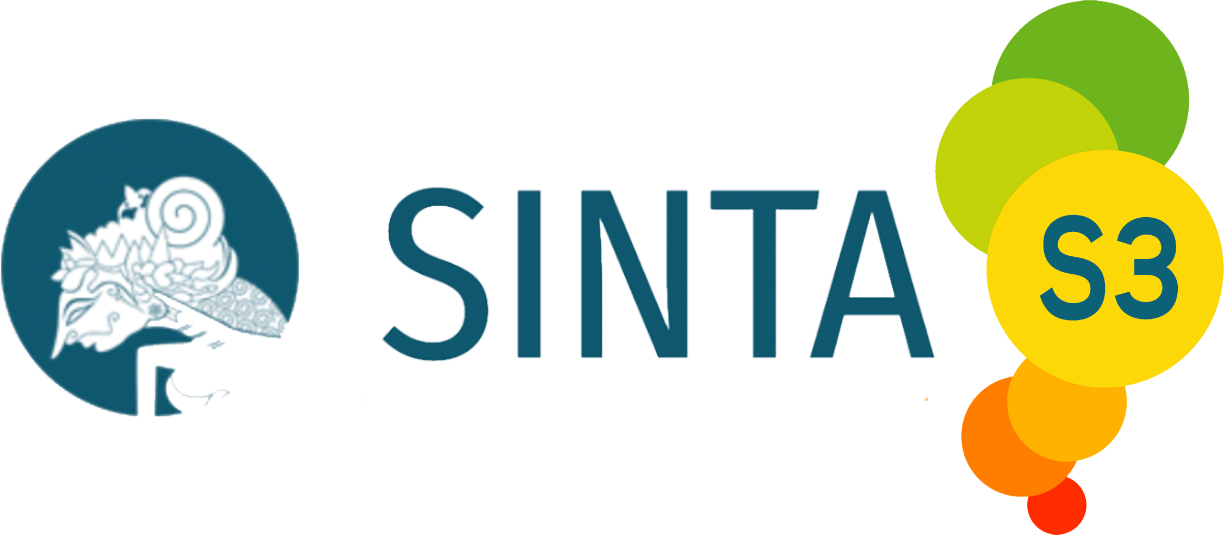Eksplorasi Model Pembelajaran Berdiferensiasi dalam Matematika
Authors
Moh. Supratman , I M. Ardana , I G. Putu Suharta , I W. Puja AstawaDOI:
10.29303/jm.v7i1.8719Published:
2025-04-04Issue:
Vol. 7 No. 1 (2025): Edisi MaretKeywords:
Exploration of learning models, Differentiated learningArticles
Downloads
How to Cite
Downloads
Metrics
Abstract
This study is a systematic literature review (SLR) study that explores the application and effectiveness of differentiated learning models in mathematics learning. Differentiated learning involves tailoring content, processes, products, and learning environments to meet students' individual needs, with the goal of improving students' concept understanding, problem-solving skills, creativity, motivation, and engagement. This study identifies various differentiation approaches used in mathematics learning, such as subject-based learning, the use of educational technology, and flexibility in evaluation. The results show that differentiated learning is effective in improving learning outcomes, but its implementation is faced with challenges such as time constraints, teacher workload, variations in student abilities, and lack of training. The proposed solutions include increasing teacher training, more flexible time allocation, and developing varied and inclusive resources. The review also provides practical steps for the application of differentiated learning in mathematics classrooms, and recommends further research that integrates differentiated learning with open-ended problem-solving to improve mathematical creative thinking.
References
Anderson, C., & Cook, R. (2018). Differentiated Instruction in Mathematics: An Exploratory Study. Journal of Mathematics Education, 12(3), 45-57.
Gregory, G., & Chapman, C. (2017). Differentiated Instructional Strategies: One Size Doesn’t Fit All. Thousand Oaks, CA: Corwin Press.
Gui, M., McCoach, D. B., Little, C. A., Muller, L. M., & Kaniskan, R. B. (2019). The Effect of Differentiated Instruction on Student Achievement in Primary School Mathematics. Educational Research Review, 27, 74-88.
Hapsari, S. A., & Nugraheni, D. M. (2018). Teacher’s Role in Differentiated Instruction for Inclusive Education. Journal of Educational Research and Development, 8(2), 100-112.
Himmah, F. & Nugraheni, D. M. (2023). Pembelajaran Terdiferensiasi dalam Pendidikan Matematika: Sebuah Tinjauan Literatur. Jurnal Pendidikan Matematika, 15(1), 50-65.
Hockett, J. A., & Doubet, K. J. (2020). Differentiation in Middle and High School: Strategies to Engage All Learners. Alexandria, VA: ASCD.
Hudson, P., & Miller, P. (2020). The Effect of Differentiated Instruction on Mathematical Achievement. Journal of Education, 20(1), 50-64.
Kemal, M. (2021). The Role of Teachers in Enhancing Learning Quality. Educational Studies Journal, 15(1), 90-103.
Magdalena, L., Miranda, S., & Tatto, M. (2023). Enhancing Creative Thinking in Education. Global Journal of Education Research, 29(2), 112-128.
Reis, S. M., McCoach, D. B., Little, C. A., Muller, L. M., & Kaniskan, R. B. (2019). The Effect of Differentiated Instruction on Student Achievement in Primary School Mathematics. Journal of Educational Psychology, 111(6), 1001-1012.
Santangelo, T., & Tomlinson, C. A. (2015). The Application of Differentiated Instruction in Postsecondary Education. Journal of Postsecondary Education, 29(3), 15-34.
Tomlinson, C. A. (2017). The Differentiated Classroom: Responding to the Needs of All Learners. Alexandria, VA: ASCD.
Watts-Taffe, S., Laster, B. P., Broach, L., Marinak, B., McDonald Connor, C., & Walker-Dalhouse, D. (2017). Differentiation in Mathematics Education: Strategies to Engage All Learners. Mathematics Education Review, 31(4), 325-343.
Anderson, A., & Cook, T. (2018). Differentiated Instruction in Mathematics: An Exploratory Study. Journal of Mathematics Education, 23(2), 45-59.
Clarke, D., & A. et al. (2019). Creative Thinking in Mathematics: The Role of Differentiation. Educational Research and Reviews, 14(3), 210-225.
Gregory, G., & Chapman, C. (2017). Differentiated Instructional Strategies: One Size Doesn’t Fit All. Corwin Press.
Heacox, D. (2017). Making Differentiation a Habit: How to Ensure Success in Academically Diverse Classrooms. Free Spirit Publishing.
Hockett, J. A., & Doubet, K. J. (2020). Differentiation in Middle and High School: Strategies to Engage All Learners. ASCD.
Hudson, P., & Miller, S. (2020). The Effect of Differentiated Instruction on Mathematical Achievement. Journal of Educational Research, 113(4), 317-330.
Kemal, M. (2021). Effective Teaching Strategies for Enhancing Learning Outcomes. International Journal of Educational Studies, 36(2), 112-128.
Kim, S., & Park, M. (2021). Fostering Creativity in Mathematics through Open-ended Tasks. International Journal of Mathematical Education, 32(1), 101-116.
Lin, M., & Lin, S. (2020). Implementing Differentiation to Enhance Creative Thinking in Mathematics. Journal of Creative Education, 10(2), 78-92.
Magdalena, S., et al. (2023). Developing Students’ Problem-Solving Skills in Mathematics: A Review. Journal of Mathematical Behavior, 59, 1-14.
Makar, K., & Fielding-Wells, J. (2018). Promoting Mathematical Inquiry: Using Open-ended Problems. Educational Studies in Mathematics, 97(2), 163-181.
Mayfield, K., & Glenn, J. (2015). Enhancing Creative Problem-Solving in Mathematics. Mathematics Teacher, 108(7), 523-529.
Miranda, L., et al. (2021). Elements of Effective Education. Educational Sciences: Theory & Practice, 21(1), 33-46.
Morrison, G. R., & Hoover, J. J. (2022). Enhancing Mathematical Creativity with Differentiated Tasks. Gifted Child Quarterly, 66(1), 35-48.
Reis, S. M., McCoach, D. B., Little, C. A., Muller, L. M., & Kaniskan, R. B. (2019). The Effect of Differentiated Instruction on Student Achievement in Primary School Mathematics. Journal of Advanced Academics, 30(2), 150-177.
Satangelo, T., & Tomlinson, C. A. (2015). The Application of Differentiated Instruction in Postsecondary Education. Journal of the Scholarship of Teaching and Learning, 15(3), 12-28.
Spencer, S., & Doerr, H. (2019). Creative Problem Solving in Mathematics through Differentiation. Mathematics Teaching in the Middle School, 24(4), 240-255.
Suh, J., & Seshaiyer, P. (2017). Developing Mathematical Creativity through Open-ended Problems. Journal of Mathematics and the Arts, 11(1), 15-26.
Tobias, S., & Duffy, J. (2018). The Impact of Differentiated Instruction on Mathematical Problem-Solving Skills. Mathematics Education Research Journal, 30(4), 401-419.
Tomlinson, C. A. (2017). The Differentiated Classroom: Responding to the Needs of All Learners. ASCD.
Watts-Taffe, S., Laster, B., Broach, L., Marinak, B., McDonald, C., & Walker-Dalhouse, D. (2017). Differentiation in Mathematics Education: Strategies to Engage All Learners. Reading Teacher, 67(3), 143-153.
Young, E., & Polloway, E. (2016). Differentiating Instruction in Inclusive Mathematics Classrooms. Teaching Exceptional Children, 48(4), 207-216.
License
Copyright (c) 2025 Moh. Supratman, I M. Ardana, I G. Putu Suharta, I W. Puja Astawa

This work is licensed under a Creative Commons Attribution-NonCommercial-ShareAlike 4.0 International License.
















